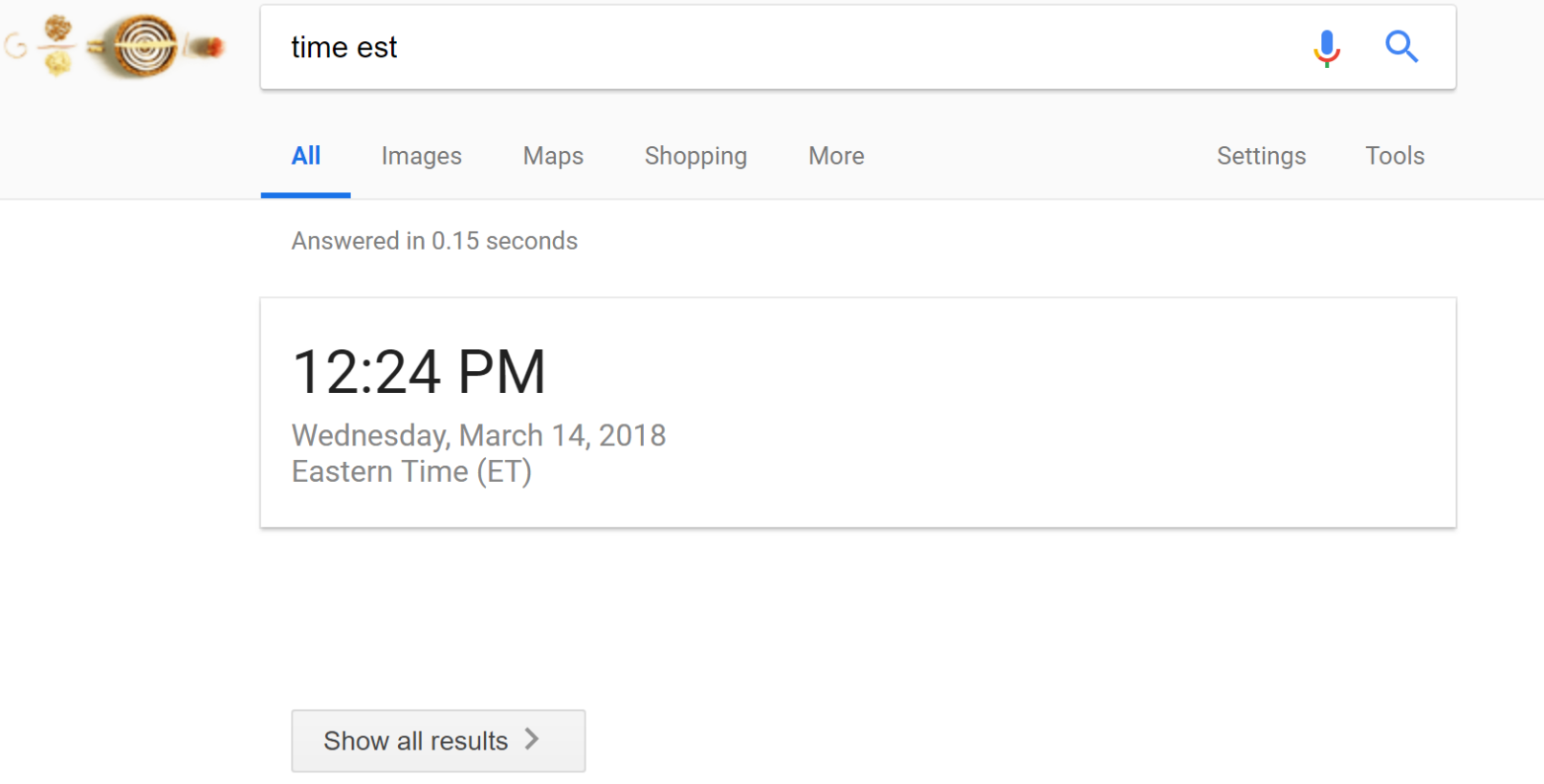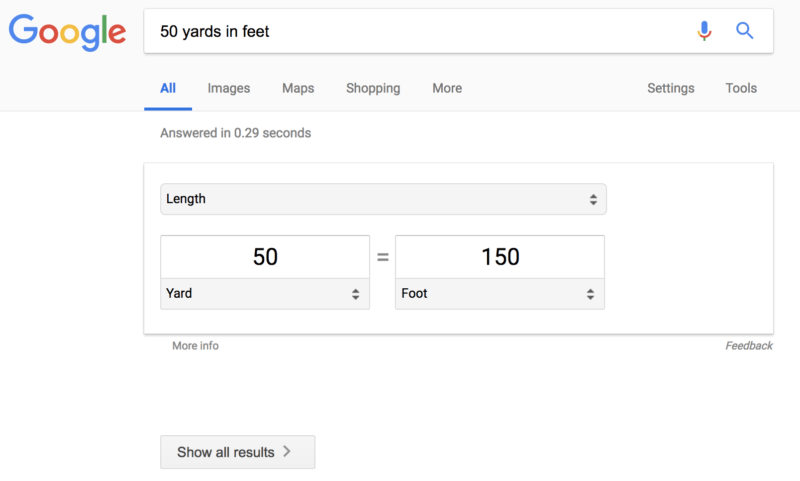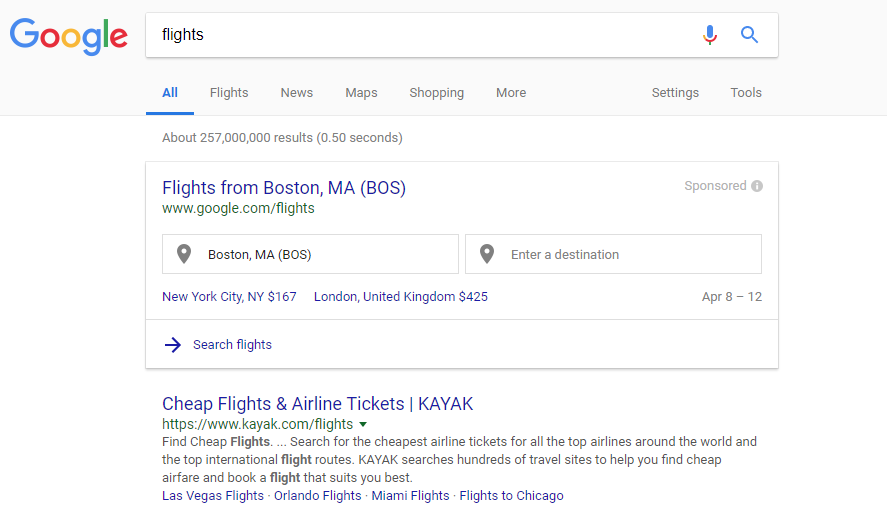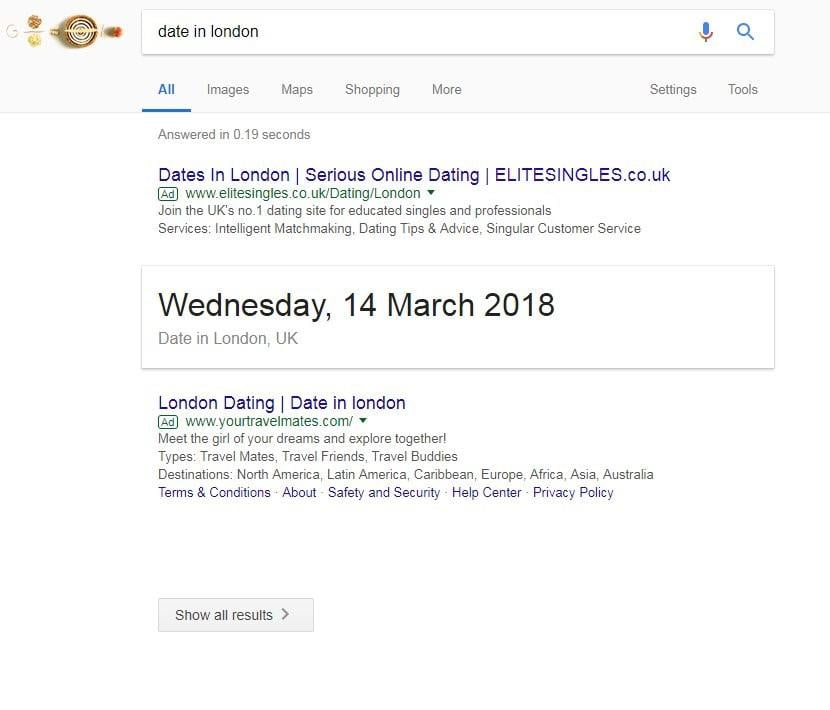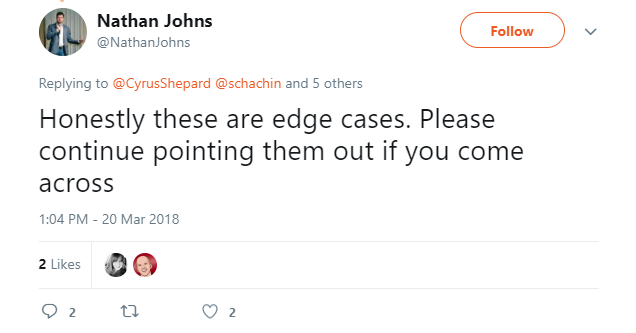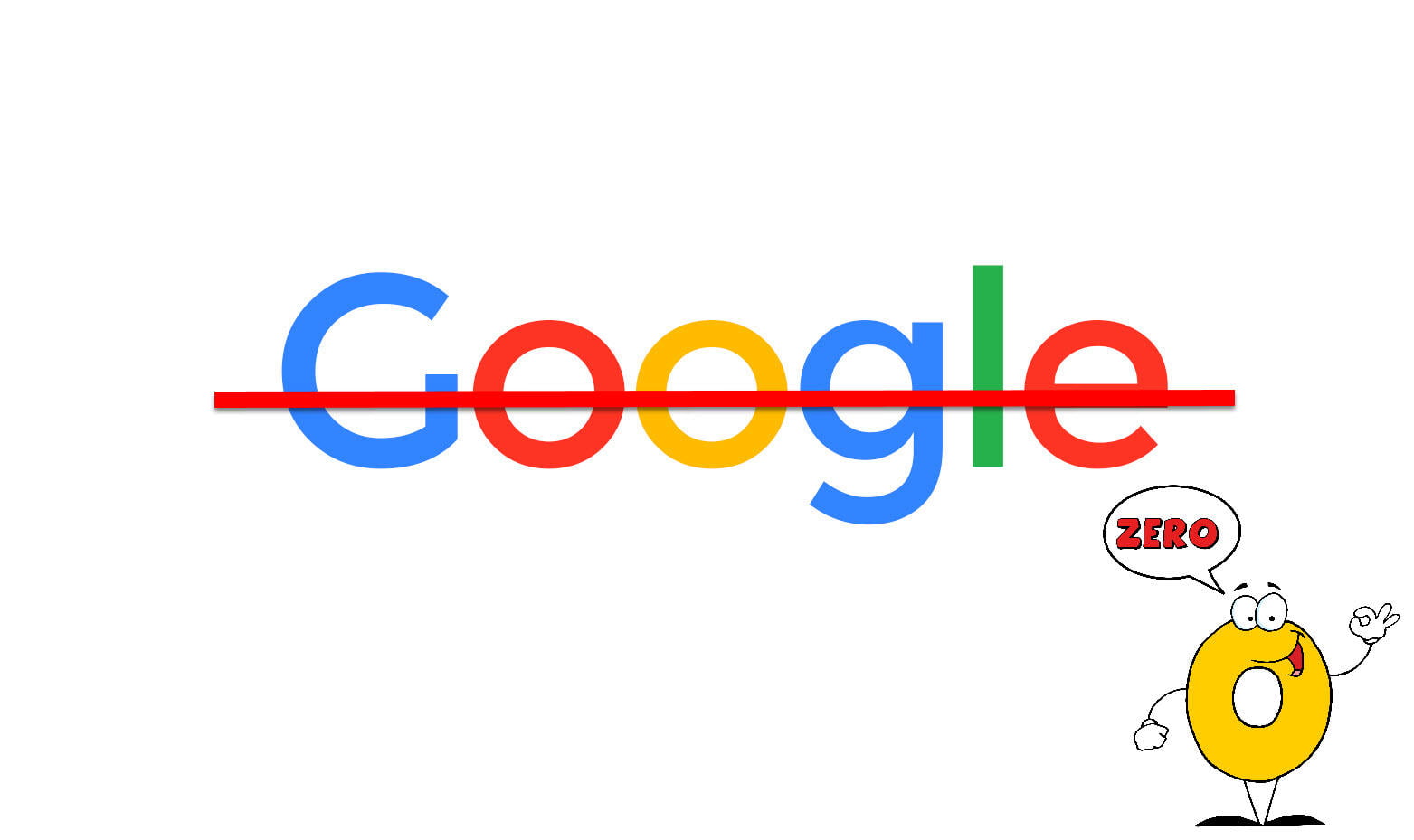
It seemed like just yesterday (kind of—it was last week) when 10-link search results pages for calculation and unit conversion queries were to be a thing of the past. In an algorithm update that took effect March 13, Google undertook an experiment to deliver a single featured snippet for queries that didn’t demand full search results pages—i.e., “zero search results.” After just a week of live testing, the grand experiment has come to a close. Let’s take a look at the rise and fall (for now) of Google’s “zero search results.”
What was Zero Search Results?
Let’s get one thing straight: algorithm updates that affect the SERP this significantly, and that exist for more than a week in the Google-verse, get a proper noun. Anyway, it’s super time-consuming to have to put it in quotes every time. Zero Search Results. That’s the name.
Zero Search Results was an experiment performed by Google from about March 13 to March 20. The purpose was to eliminate multiple search results for queries that, theoretically, didn’t need them. If you were coming back from a west coast trip, for instance, and were wondering what time it was back on the east coast, you would search “time est” and see this:
If in fact you were searching for some obscure 90s band called Time Est, or if you meant to embark on a Timex watch online shopping spree, you’d be sorely disappointed, or annoyed. That “Show all results” button would be an entirely new and separate button you’d have to click. Pain in the ass, right? I know. We’ll get into that shortly.
Once clicked, the button would reveal a standard Google search page, a la:
Other “simple” queries, like those involving calculations or unit conversions, would show similar none-results:
As Google never made an official announcement, there was naturally a fair bit of chatter among SEOs—what was the point of all this? Danny Sullivan of Google provided the answer via Twitter:
Awesome. Condensed view means faster load time. Faster load time means more efficiency. Nothing novel, but seemed like a promising concept. Sullivan went on to Tweet that Zero Search Results could diminish load times by as much as half a second. Seems pretty negligible, but it’s actually not—especially when you’re in an area in which load times naturally increase (like on a plane, for instance, where you could very realistically make that “time est” query.)
Initial rollouts received enough of a positive response that Google felt comfortable releasing Zero Search Results globally. They even provided a “Send feedback” panel at the bottom of Zero Search Results pages to collect miscellaneous tidbits of user experience.
And of course, because Google is Google, it could monitor the efficacy of the experiment based on how often the “Show all results” button was being clicked, and for which queries.
What were the results?
As quickly as it came, Zero Search Results was gone. Google received a lot of pushback early on from SEOs worried about a “slippery slope”—i.e., what would happen if Google expanded Zero Search Results to queries that, under normal circumstances, would generate meaningful traffic for a wide array of brands? To revisit our earlier plane example: say flight queries started only returning Google Flights featured snippets. Brands like Kayak and Expedia would stand to lose serious amounts of traffic and revenue.
Another nail in the proverbial “SEO is dead” coffin, right?
The experiment also caused a fair bit of user confusion in its first global thrust. Barry Schwartz points out a couple oversights in this Search Engine RoundTable post—first, the elimination of Time Magazine from search results returned for the query, “time”; and second, folks just looking for a hot “date in London” receiving a featured snippet featuring the calendar date in London. These are both cases where Google would be getting the true intent of the query wrong.
In Google’s defense, if you’re really looking for a date, there has to be a better way.
You’ll also notice the ads in the above Zero SERP. This and other examples of SERPs exclusively populated by ads were brought to Google’s attention, with many wondering about the potential implications to paid search. Why wouldn’t Google just disable ads on Zero Search Results pages?
As it turns out, SERPs like the one pictured above were not deliberate. Google Search Quality Analyst Nathan Johns went as far as to call them “edge cases”—i.e., unintended bugs in the system:
While Google fixed most of these initial oversights, and while it (mostly Danny Sullivan) managed to quell the groundswell of “slippery slope” concern via Twitter—Google would not be expanding Zero Search Results outside of local time, unit conversions, and calculations—the experiment could ultimately not survive the amount of user error and vocal pushback it received. Danny sounded the death knell on March 20. A week was enough.
Zero Search Results…2.0?
Could we see a revival of Zero Search Results? Certainly! Do we want to? Ehhhh—the answer gets a bit dicier. Quicker and more relevant search results are unquestionably good for users. Zero Search Results will stick if Google can find a way to reimplement it without sacrificing efficiency for intent. There’s a niche of queries out there for which Zero Search Results are perfectly suited, and Google now has the data to find it.
Still, questions remain. Danny Sullivan himself stated that this update was all about speed—but there’s no ostensible benefit to hiding search results from users unless the featured snippets are exactly what they’re looking for, and unless they load faster. Can Google nail down an algorithm that’s accurate enough and smart enough to keep up with the complexities of user intent as it evolves? There’s no doubting the intent behind “52 divided by 6”—it’s calculation. But what if some chic Thai fusion joint called 52/6 pops up in New York City next week at the intersection of 52nd and 6th?
Sounds like it’d have great tempura.

